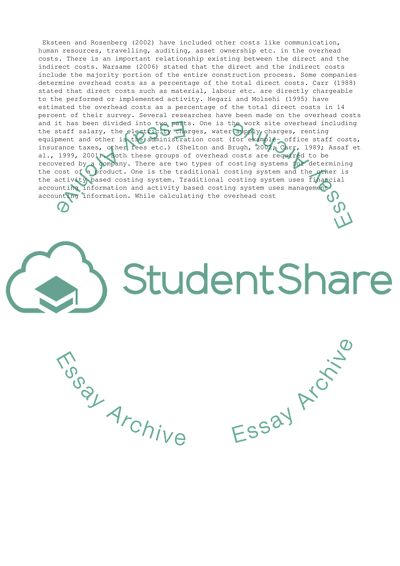Cite this document
(“Material and labour costs are easy to trace to products. when looking Literature review”, n.d.)
Retrieved from https://studentshare.org/management/1469471-material-and-labour-costs-are-easy-to-trace-to
Retrieved from https://studentshare.org/management/1469471-material-and-labour-costs-are-easy-to-trace-to
(Material and Labour Costs Are Easy to Trace to Products. When Looking Literature Review)
https://studentshare.org/management/1469471-material-and-labour-costs-are-easy-to-trace-to.
https://studentshare.org/management/1469471-material-and-labour-costs-are-easy-to-trace-to.
“Material and Labour Costs Are Easy to Trace to Products. When Looking Literature Review”, n.d. https://studentshare.org/management/1469471-material-and-labour-costs-are-easy-to-trace-to.


